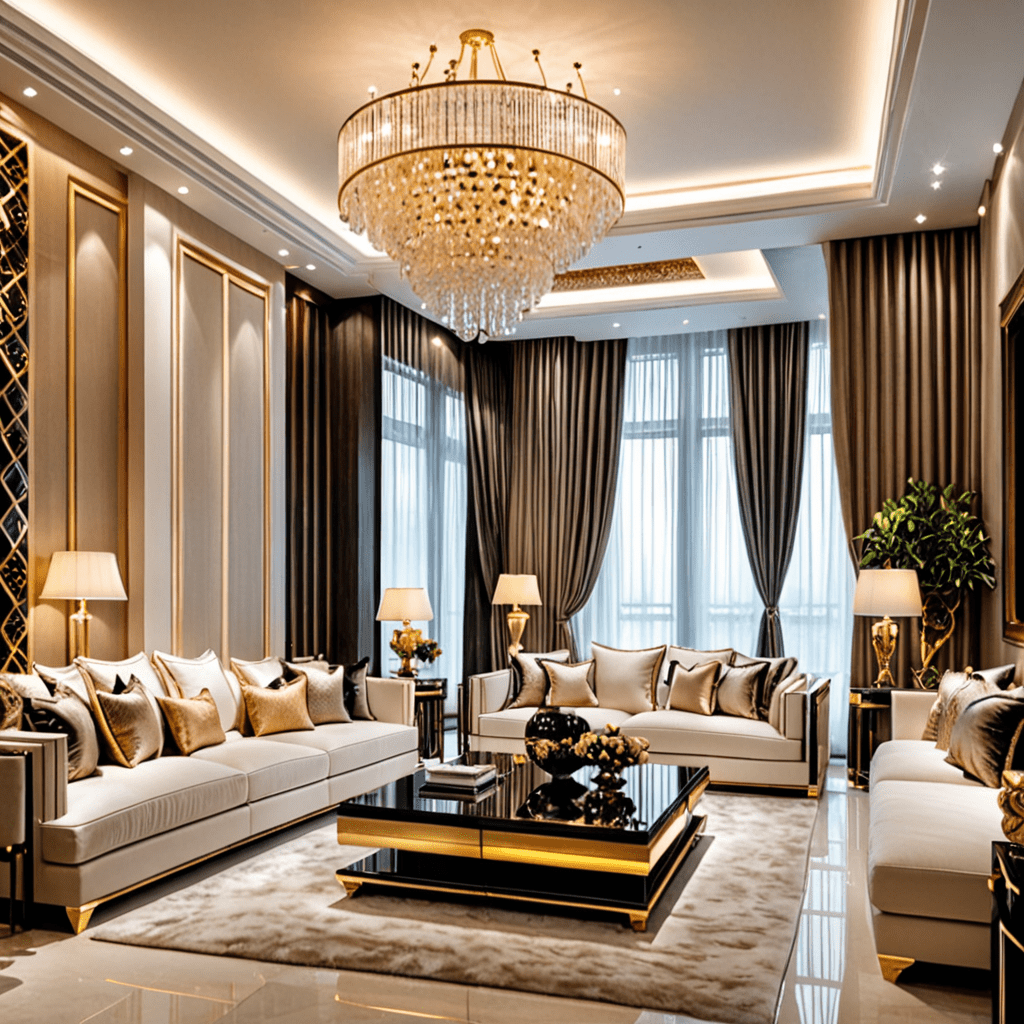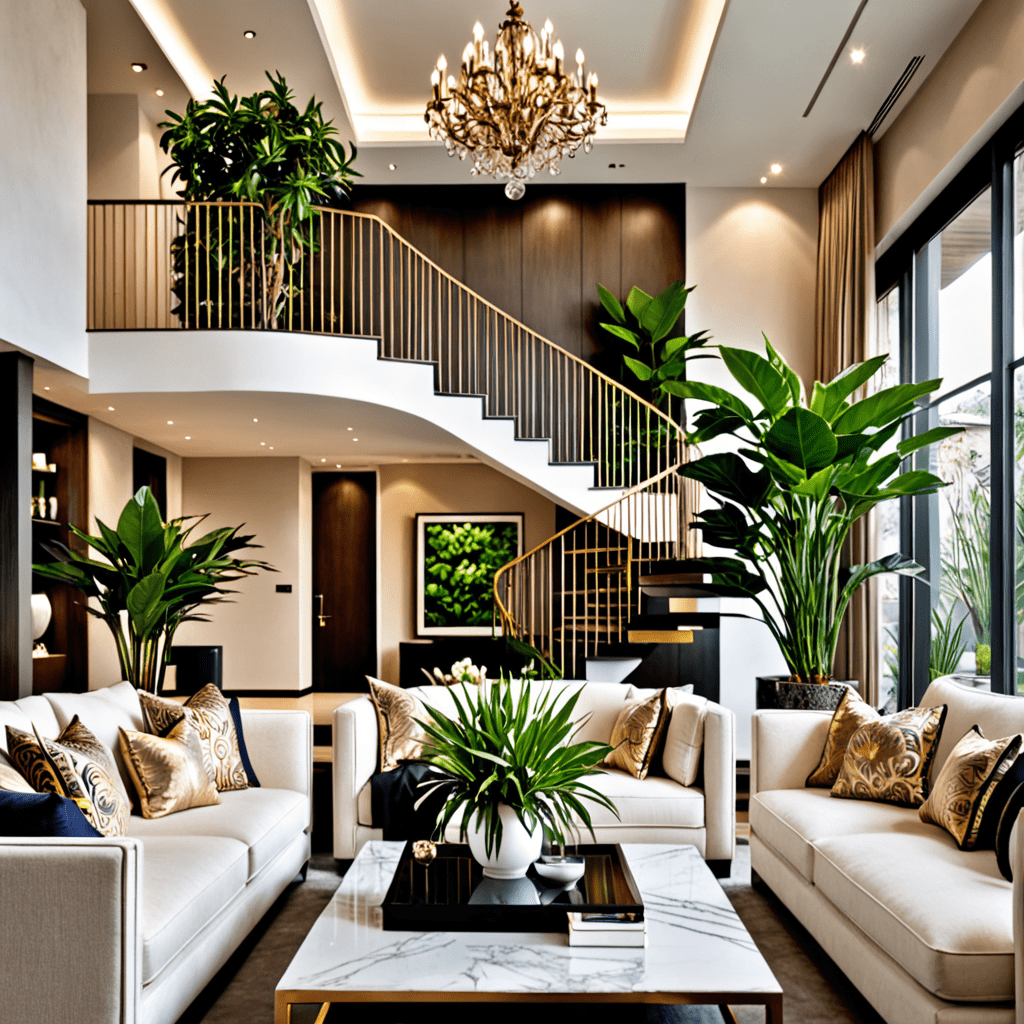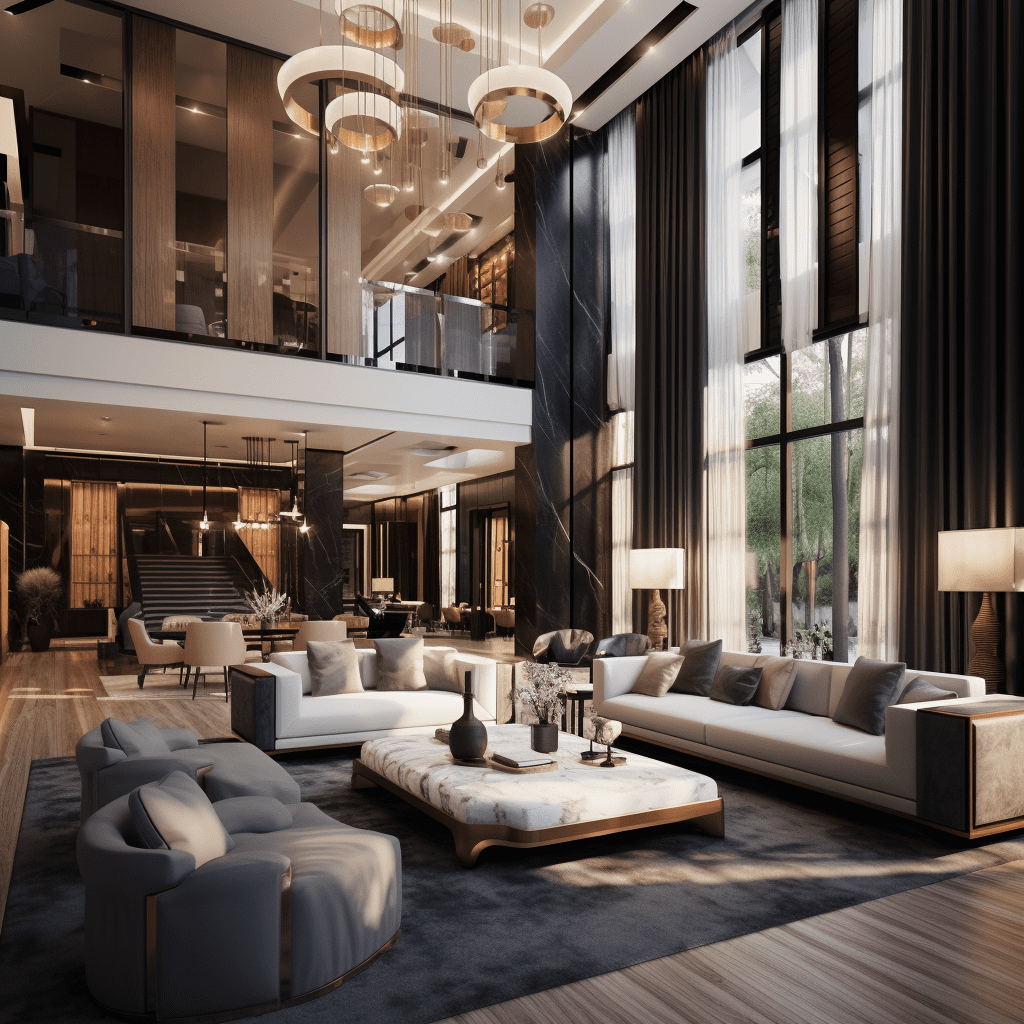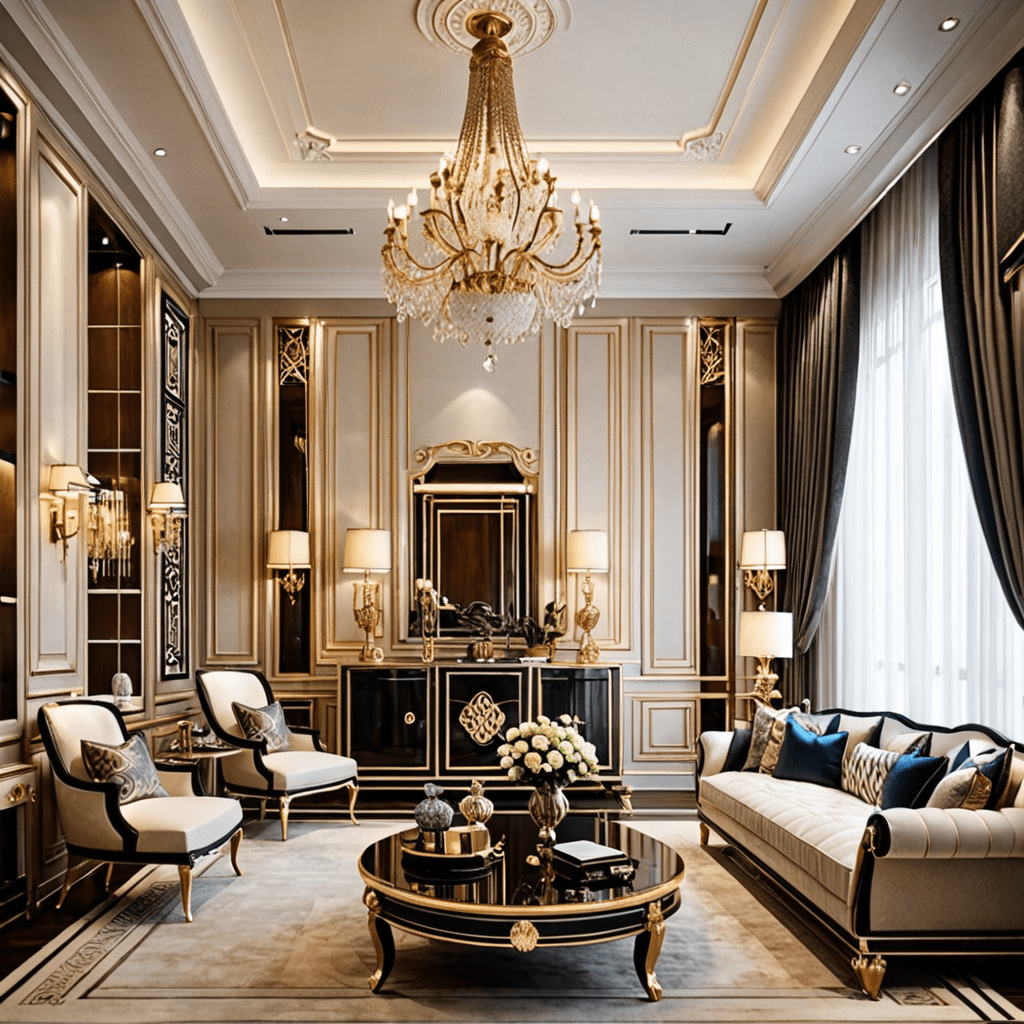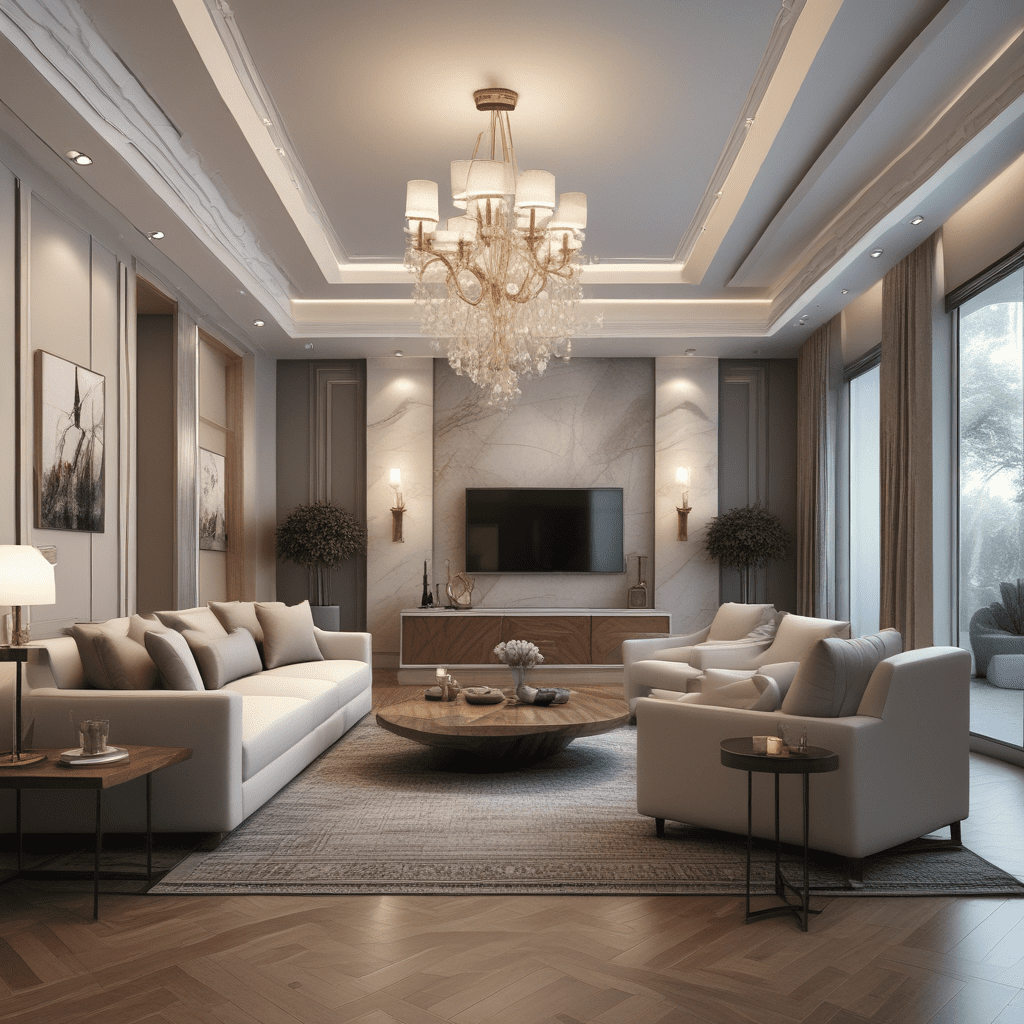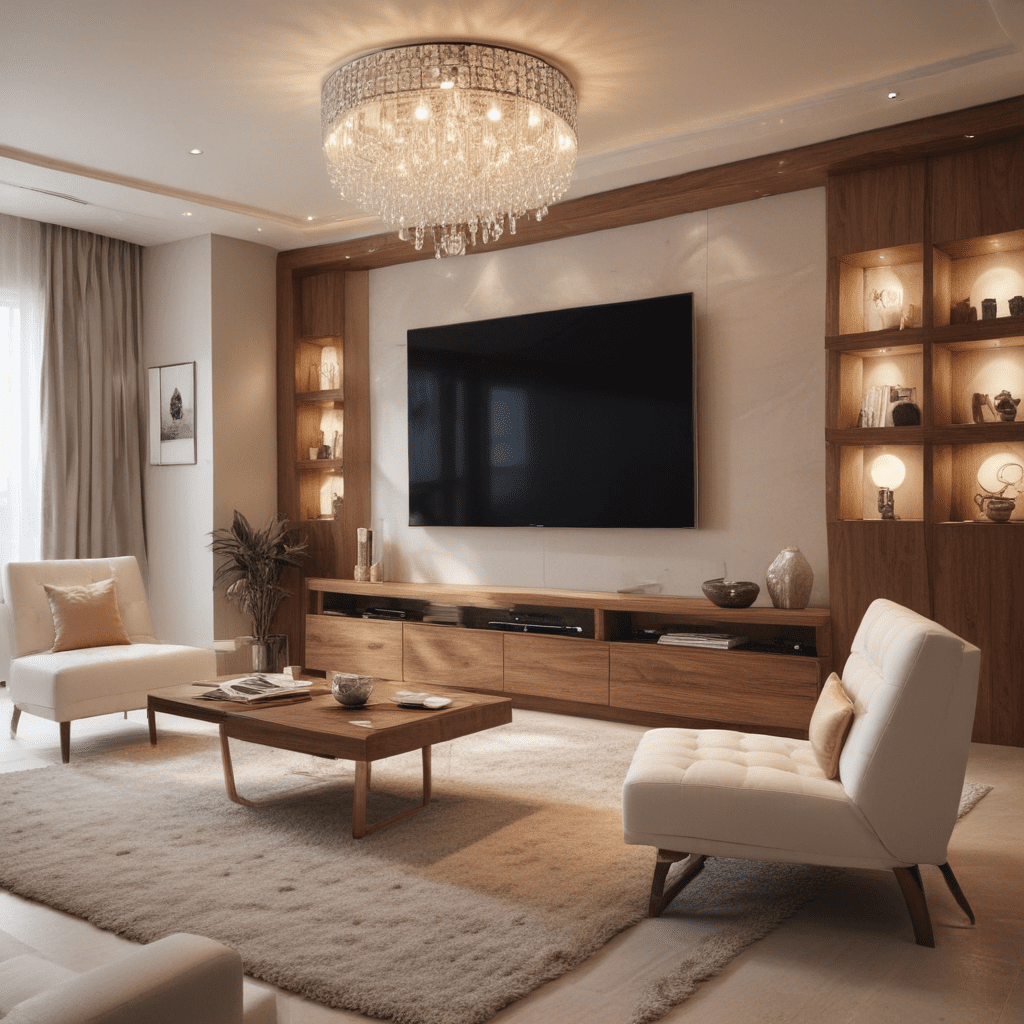How to Choose Between Artificial and Natural Lighting
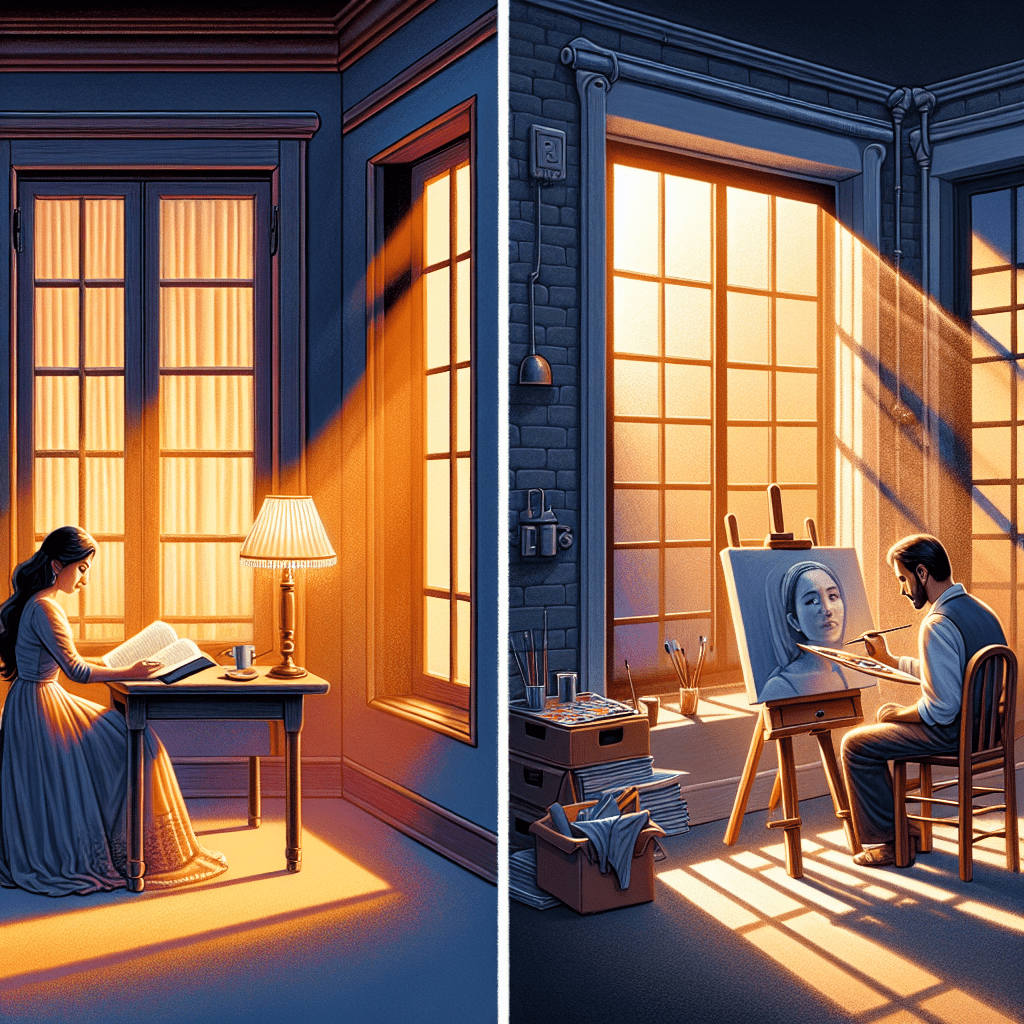

How to Choose Between Artificial and Natural Lighting in Interior Design
Lighting is one of the linchpins of successful interior design. It has the capability to transform a space, set the mood, and enhance both functionality and aesthetics. In the intricate dance between artificial and natural lighting, understanding their differences and knowing how to use them in tandem is key to creating a living space that is not only comfortable but also visually stunning.
As we dive into the nuances of artificial vs. natural lighting, we’ll explore the cutting-edge trends and timeless strategies that can illuminate your home in the best possible light.
Introduction
The interplay between light and shadow is at the heart of every well-designed space. Far from being merely a functional aspect of design, the right lighting can elevate a room, creating a harmonious balance that resonates with the very essence of a home. Whether it’s the gentle caress of morning light on a kitchen countertop or the strategic placement of LED strips to accentuate artwork, the choice between artificial and natural lighting can make all the difference.
As we spend a significant amount of our lives indoors, the importance of lighting design becomes evident. It not only affects how we perceive the colors and textures around us but also impacts our mood, productivity, and even our health. In this comprehensive guide, we’ll illuminate the key factors you need to consider when choosing between artificial and natural lighting for your interior design project.
Key Elements of Artificial vs. Natural Lighting
When it comes to interior design, several elements must harmonize to create a pleasing and effective lighting scheme. Here are some of the key considerations:
- Element 1: Color Temperature
Understanding color temperature is crucial when selecting lighting. Measured in Kelvins, color temperature affects the ambiance of a space. Warm lights (2,700–3,000K) create a cozy atmosphere, ideal for living rooms and bedrooms, while cooler lights (4,500–6,000K) are energizing, making them great for kitchens and home offices. - Element 2: Light Intensity and Dimmability
The intensity of light, measured in lumens, should be tailored to the activity that occurs in the space. Dimmable lights offer flexibility, allowing you to adjust brightness to suit different times of day or activities. - Element 3: Directionality and Spread
The way light is distributed across a room is a vital consideration. Task lighting should be directional and focused, while ambient lighting should provide a uniform spread without casting harsh shadows. Element 4: Integration with Natural Light
The design should take into account the amount and direction of natural light available. Using natural light to its fullest potential can reduce reliance on artificial sources, saving energy and creating a more dynamic space.Element 5: Fixture Design and Placement
Light fixtures serve as both functional elements and decorative pieces. Their design should complement the room’s aesthetic, and their placement should enhance the room’s best features and provide adequate illumination where needed.
Tips for Combining Artificial and Natural Lighting
Selecting the right balance between artificial and natural lighting is an art form. Here are some tips to help you navigate this aspect of interior design:
- Tip 1: Layer Your Lighting
- Use a combination of ambient, task, and accent lighting to create depth and interest in a room. Each layer serves a different purpose and works together to build a cohesive lighting scheme.
- Tip 2: Use Natural Light as a Guide
- Begin with the natural light available and supplement it with artificial light as necessary. Consider reflective surfaces and color schemes that can amplify the natural light.
- Tip 3: Choose Smart Lighting Solutions
- Invest in smart lighting technology that can mimic the changing color and intensity of natural light throughout the day, providing an optimal lighting experience.
- Tip 4: Embrace Versatility
- Use window treatments that allow you to control the amount of natural light entering a room. Combine these with versatile artificial lighting that can adapt to different needs and moods.
- Tip 5: Pay Attention to Bulb Choice
- Select bulbs that closely resemble the quality of natural light. Look for LED bulbs with high Color Rendering Index (CRI) values to ensure colors appear true and vivid.
FAQ about Artificial vs. Natural Lighting
Question 1: How does lighting affect the perceived size of a room?
– Answer: Proper lighting can make a room feel more spacious or intimate depending on its arrangement and intensity. Bright, evenly distributed light can make a small room feel larger, while soft, warm lighting can make a large room feel cozier.
Question 2: Can the wrong lighting adversely affect my health?
– Answer: Yes, poor lighting can lead to eye strain, headaches, and fatigue. It’s important to have a balanced lighting design that mirrors natural human circadian rhythms, which can be achieved by using dynamic artificial lighting systems that change with the time of day.
Question 3: What is the most energy-efficient option for home lighting?
– Answer: LED lighting is currently the most energy-efficient option. It uses less electricity and has a longer lifespan than traditional incandescent or fluorescent bulbs. Maximize natural light during the day to further reduce electricity usage.
Question 4: How do I choose the right lighting for different rooms in my house?
– Answer: Consider the function of each room. For instance, the kitchen requires bright, shadow-free lighting for safety in food preparation, while a bedroom benefits from softer, warmer lighting for a relaxing atmosphere.
Question 5: What are some emerging trends in lighting design?
– Answer: Trends in lighting design include the integration of organic materials, the use of geometric shapes in fixtures, a focus on sustainability with energy-efficient solutions, and smart lighting systems that allow for customization and automation.
In conclusion, the dance between artificial and natural lighting in interior design is a delicate balance, one that requires a thoughtful approach. By considering color temperature, intensity, directionality, and the interplay with natural light, alongside smart technological solutions, your interior design can achieve that perfect alchemy of form and function that makes a house truly feel like a home.
